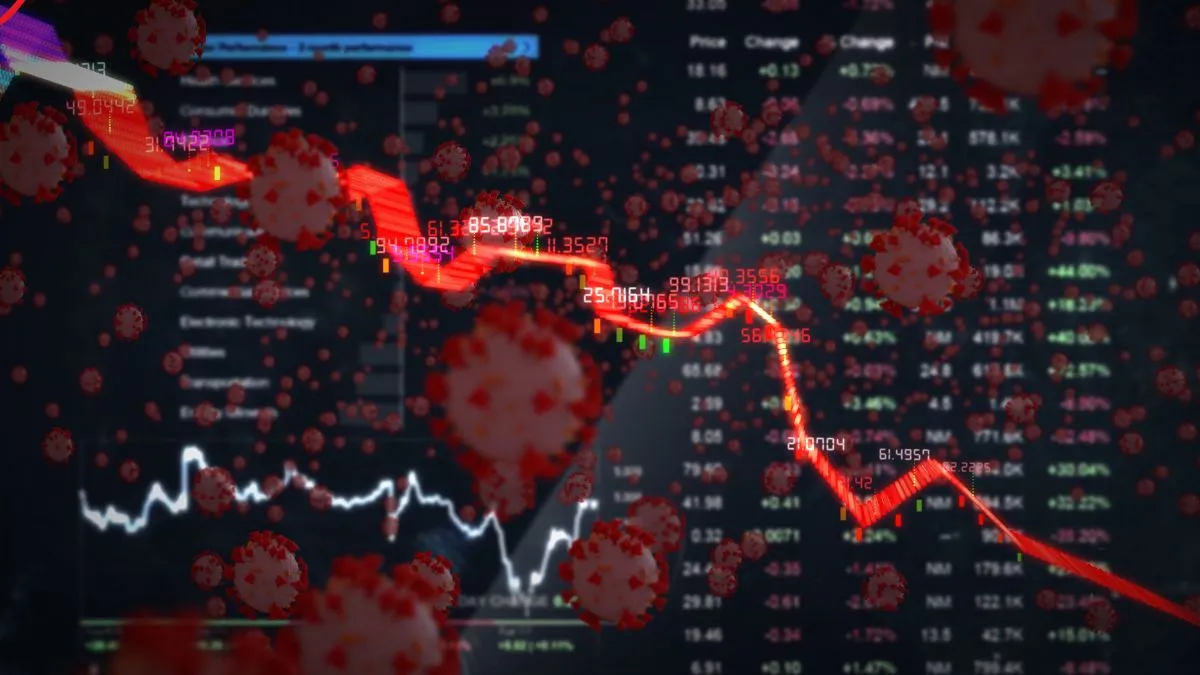- By Aditya Pratap Singh
- Mon, 07 Apr 2025 12:40 PM (IST)
- Source:JND
The sharp decline in the domestic stock indices today will be remembered as one of the biggest falls in the Indian stock market history. The decision to impose heavy tariffs on products of different nations entering the United States by US President Donald Trump sparked a heavy sell-off in global stock markets. The development has further exacerbated tensions around the world, concerning tariff war.
The Nifty fell nearly 5%, and the Sensex fell nearly 4,000 points. This is one of the biggest one-day declines in the Indian stock market. Investors contrast today’s losses with previous market meltdowns, such as the 2008 financial crisis and the Harshad Mehta scandal.
Below Are the most tragic stock market crashes in India’s history to date.
1992 Harshad Mehta scam accident
When the Harshad Mehta scam was made public in 1992, the Indian stock market suffered its first significant setback. The total value of the scam exceeded Rs 4,000 crore. The worst decline at that time was on April 28, 1992, when the Sensex fell by 570 points or 12.7% in a single day.
Ketan Parekh scam accident
After the Ketan Parekh scam, another significant accident happened. Investors were alarmed when numerous irregularities by stockbrokers were revealed. The Sensex fell 3.7% or 176 points. Around the same time, the earthquake in Gujarat added to the anxiety of the market.
The 2004 election shock crash
In 2004, the market expected the NDA government to return to power but instead reacted negatively when the Congress-led UPA won. On May 17, 2004, the Sensex fell by 842 points or 11.1%.
The 2008 global financial crisis
The demise of Lehman Brothers led to a global financial crisis in 2008. Following the heavy declining trend in global stock markets, On January 21, 2008, the Sensex fell by 1,408 points or 7.4%.
The 2020 COVID-19 pandemic accident
The global outbreak of Covid-19 shook the market. The Sensex fell 3,935 points or 13.2% on March 23, 2020, following fears of the coronavirus and the nationwide lockdown in India. The percentage continues to be the biggest ODI drop in history.
